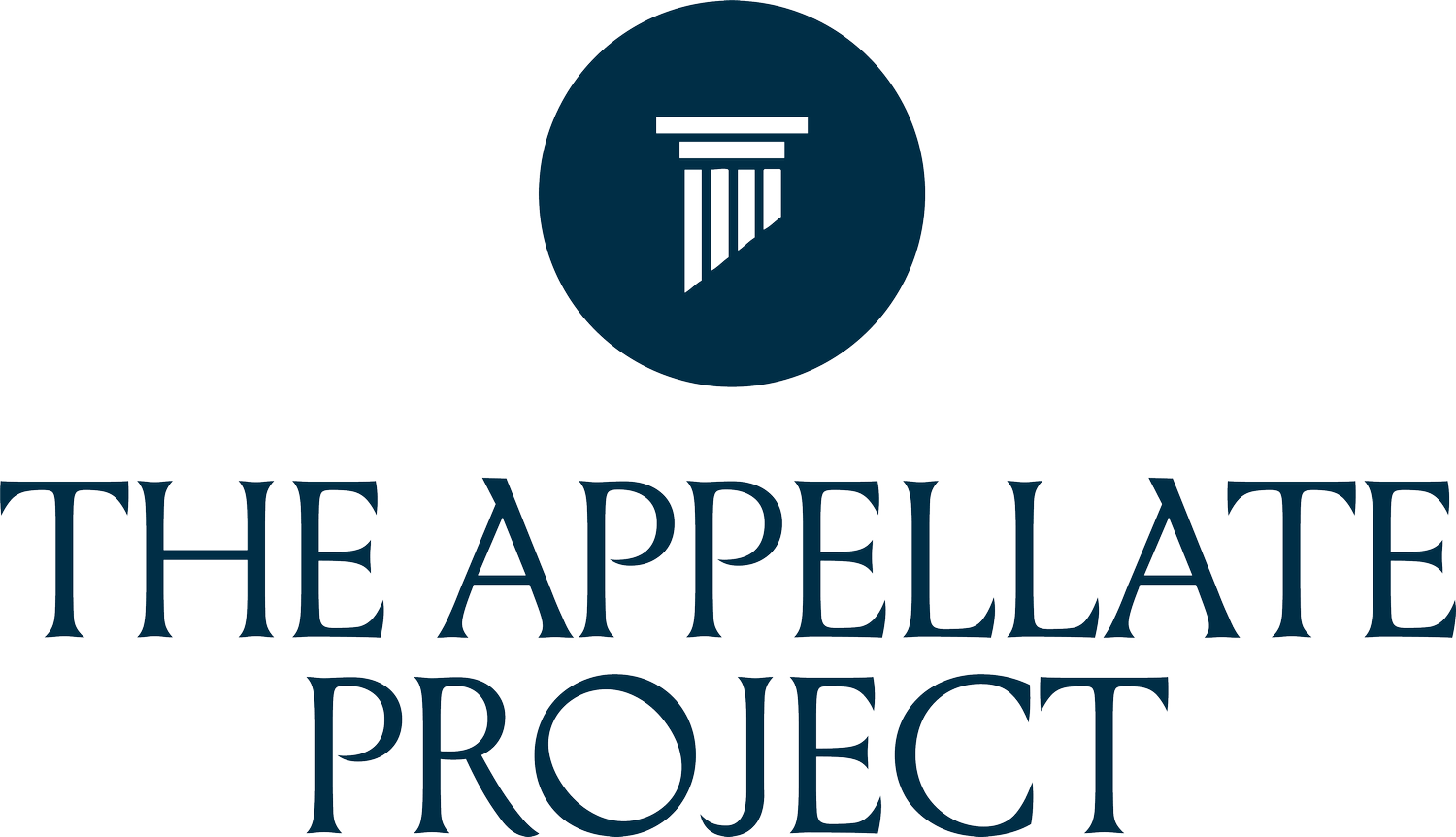The Quiet Power of Dissent
By Paul J. Watford
As the Supreme Court wraps up one of the most consequential terms in recent memory, it’s not just the outcomes that deserve scrutiny—it’s who got to shape them, and who didn’t.
This term, the Court ruled on cases with far-reaching implications for democracy and civil rights, from birthright citizenship to gender-affirming care and the limits of executive power.
Many of these decisions narrowed protections or limited the reach of lower courts and federal agencies. In several cases, the Court used its emergency or "shadow” docket to block nationwide rulings without full briefing, oral argument, or signed opinions. Rather than address the merits of these cases, the Court vacated injunctions designed to preserve the status quo, leaving individuals and institutions in limbo while consequential policies remained in effect. And because these decisions lacked signed opinions, the public was left in the dark about what legal reasoning shaped them.
That silence speaks volumes. And it underscores why dissenting opinions matter.
Dissents don’t carry the force of law. But sometimes they carry something more enduring: moral clarity. Justice John Marshall Harlan’s lone dissent in Plessy v. Ferguson – declaring that “our Constitution is color-blind” – was ignored at the time. But decades later, his words helped lay the foundation for Brown v. Board of Education, the landmark ruling that dismantled segregation. That’s the long arc of dissent: what seems out of step today can define the future.
But for that kind of dissent to be written, someone has to be in the room with the insight, lived experience, and conviction to see what the majority misses.
Unfortunately, those voices are still far too rare. According to statistics maintained by the Federal Judicial Center, of the roughly 1,000 judges who have served on federal appellate courts, only 11% have been people of color. Just 4% have been women of color. And in 19 states, no people of color sit on the state’s highest court, even in places where communities of color make up more than 20% of the population.
Appellate law is both enormously powerful and remarkably opaque.
Ask a non-lawyer what appellate courts do, and you’re likely to get a blank stare. That’s no surprise. The work is technical and elite, often removed from public view and public accountability. Yet these courts shape every facet of American life, from voting rights and immigration to free speech and privacy.
Judges don’t interpret the law in a vacuum. They carry the imprint of the communities that raised them, the barriers they’ve faced, and the injustices they’ve seen firsthand. In Safford Unified School District v. Redding, the Court considered whether a 13-year-old girl’s strip search by school officials violated her constitutional rights. Some justices struggled to grasp the harm. But Justice Ruth Bader Ginsburg, the only woman on the bench at the time, didn’t. “They have never been a 13-year-old girl,” she said. Her perspective didn’t just change the conversation; it helped change the outcome of the case.
In Utah v. Strieff, the Court ruled that police could use evidence obtained after an illegal stop, as long as they later discovered an outstanding warrant. Justice Sonia Sotomayor dissented. She warned that the decision would disproportionately harm communities of color and deepen mistrust between those communities and law enforcement. Her dissent didn’t change the outcome, but it did shift the narrative. It sparked a national conversation about race, policing, and the erosion of constitutional protections.
That is the quiet power of dissent: it may not carry the day, but it can shape the future.
But dissents shouldn't be our only mechanism for accountability. When the people interpreting the law don’t reflect the diversity of those living under it, we place an unfair burden on the few voices who do. We also risk eroding the public’s confidence that our courts are capable of delivering equal justice for all.
That’s why efforts to expand access to the appellate field matter. In a typical year, lawyers of color hold only 20% of federal clerkships – the traditional gateway to the appellate bench. Organizations like The Appellate Project are helping to open those doors to a broader range of students by supporting emerging appellate leaders from underrepresented backgrounds, and in doing so, helping to restore public trust in the judiciary.
I look forward to the day when our highest courts reflect the diversity of the communities affected by their decisions. Until then, dissents remain a powerful tool for change and a sign of the work still left undone.
Former Judge Paul J. Watford served on the U.S. Court of Appeals for the Ninth Circuit from 2012 to 2023. He is currently a litigation partner at King & Spalding LLP and a board member of The Appellate Project.

